2016 Volkswagen Passat First Drive - Sensical Change

2016 Volkswagen Passat
“What brings you to Vermont?” asked the young woman I was sitting beside on my flight to Burlington to drive the newly refreshed Passat.
“Volkswagen,” I replied simply.
After a pause, and with an eyebrow raised, she came back with the question: “Diesel?”
This is how every conversation about Volkswagen will start for years to come. And, to be fair, it’s also how we’ve talked about Volkswagen for the last 20 years — minus the eyebrow. Volkswagen is as intrinsically connected with diesel as Vermont is to small-town values that border on being Canadianesque.
Except now, conversations about Volkswagen diesels are punctuated with that eyebrow — and for all the wrong reasons.
With that in mind, let’s tackle the diesel question as it relates to the Passat as much as we can, right now.
Volkswagen of America is just like the above Passat when it comes to diesel — frosty. When asked, typical replies were given: We are working on a fix. We have nothing new to share today. All three generations of diesel engines may require different fixes. They all need to be certified by the EPA. It’s going to take a long time.
However, that doesn’t seem to be stopping Volkswagen from building diesel-engined models. Passat TDIs are coming off the assembly line in Chattanooga without front fascias. However, Volkswagen refuses to speak about it beyond canned responses. “We don’t discuss the day-to-day operations within our factory,” was the answer we were given.
Now that we have the topic of diesel covered, here’s what we can tell you about the cars we actually drove.
Exterior
Up front, the Passat is still distinctly a Volkswagen, and still distinctly a Passat. However, anything that was slightly rounded in the previous model has now been given a hard edge. That means thinner headlights with sharper corners, a stronger-looking hood with two levels of doming, a grille that ties its top horizontal bar together with the newly eye-lined forward lighting and a stylish chin that foregoes faux brake ducting for well-designed fog lamps. The designers left their protractors in their desks, bringing them out only to draw the Volkswagen emblem sitting in the grille.
To the side, chrome brightens up the Passat’s greenhouse openings and a chrome bar is placed a few inches above the rocker panels to exude a premium exterior look, even on base S models. Wheels measure between 16 inches for the base S model, up to 19 inches on the R-Line trim for the Big Dub Vdub crowd. From base S model to the next step R-Line trim, that means the largest wheel you can get on a Passat isn’t on the most expensive models. Top-trim SEL and SEL Premium models make do with 18-inch alloys.
Keen observers may identify some intriguing changes at the rear. For starters, the badging has been moved from the top of the trunk lid to the bottom — which is not very important. However, Volkswagen is adding trim level badging to the Passat to better help Volkswagen salespeople and auction staff more easily identify the midsizer without having to remember what trim pieces and wheel styles belong to what particular Passat.
Only the R-Line changes any major ingredient in this recipe. It’s given a unique front bumper, rocker panels and rear diffuser along with those massive 19-inch wheels.
Interior
Small stuff first: The new Passat receives an upgraded instrument panel that’s very much like the one used in the Golf. Unfortunately, the Volkswagen sedan still relies on a dot matrix display between the two analog gauges, even in upper trims. Also, a new frameless rearview mirror has been employed on the new Passat to kick class up a notch on higher trims. I’ve never been impressed by a rearview mirror, and I’m still not, but it does look much more expensive than one with a flat black plastic frame. Other touches, such as bezels around vents and cupholders and such, have also been changed for 2016.
As before, Passat will easily accommodate four adults, plus one of smaller stature in middle back seat in a pinch. The rear of the Passat is cavernous when nobody sitting in the middle, and the drop-down armrest adds a nice touch to the overall experience. Conversely, even though the front does offer more cubes of volume, it only feels average in terms of room.
Incredibly comfortable, eight-way power adjustable seating is offered in all trims except the base S trim. While Volkswagen claims a high-level of adjustability, the front seats feel a bit tall even at their lowest position. Also, those of you who need to adjust lumbar support in the vertical axis may be disappointed as two-way lumbar is the only option available. That said, if you can make the seats work for your body shape, they are plush and supportive, rivalling Nissan’s Zero Gravity seating in comfort. Base and R-Line thrones are wrapped in cloth, SE models receive V-Tex leatherette, and SEL and higher models get honest-to-goodness leather.
For your stuff, Passat provides 15.9 cubes to fill in the trunk.
Technology
Not only has Volkswagen updated its infotainment with a new software system — dubbed MIB II — it also comes with standard USB ports (!!!) and Bluetooth. All those MDI connectors are history. Good riddance.
Those USB ports are going to come in handy for those with iPhones and Android devices as a hard-wired connection is required to use Apple CarPlay. The Passat also supports Android Auto, but I didn’t get a chance to test it out since I’m an Apple fanboi to the worst degree. Oh, and there’s MirrorLink, which appears to be a similar thing for phones you buy on sale from Cricket.
MIB II is offered in two screen sizes — 5 and 6.3 inches — and three different flavors – Composition Color (S, R-Line), Composition Media (SE), and Discover Media (SE w/ Tech and higher). The last flavor brings with it navigation and all the smartphone connectivity goodies.
About CarPlay: It really is the best thing on earth. As someone who uses an iPhone, iPad and multiple Apple computers throughout the day (my fanboism is strong), jumping in your car and being welcomed by a familiar interface is comforting and easy. Sure, it can’t do a lot, like change any of the vehicle specific settings that are available through MIB, but once you have your infotainment setup the way you want it, there’s really no need to ever use the MIB II interface — ever.
Well, unless you hate Apple Maps, which you should because its the only mistake ever made by Apple. Ever.
Other than the normal assortment of airbags and such, the Passat is now available with a full suite of active safety gear and driver assistance systems.
The big one Volkswagen pushed on this trip was Automatic Post-Collision Braking. If the vehicle senses an airbag deployment, it will automatically bring the vehicle to a stop. We asked Volkswagen if we could test it, but unfortunately they declined.
Adaptive Cruise Control, which comes standard on SE models and higher, is controlled through the instrument panel display and works quite well, even on twisty mountain roads. However, thanks to the dot matrix display through which you control ACC, the experience isn’t the best. ACC also won’t bring you to a full stop, so this solution is for highway-speed driving only and not for the stop-and-crawl daily commute.
Forward Collision Warning and Autonomous Emergency Braking, which do exactly what they say, are equipped on SE and higher models. Blind Spot Monitor and Rear Traffic Alert come standard on SE w/ Technology models and up. Lane Assist and Park Assist are equipped on SEL Premium models as standard.
Powertrain
Considering the take rate for the V-6 is between 3 and 5 percent, I opted to stay in the TSI. Also, with the Passat, there’s really no need to go up to the V-6.
Why? Performance. The 1.8-liter turbocharged four-cylinder engine cranks out 170 horsepower and 184 pound-feet of torque, sent to the front wheels through a six-speed automatic transmission. That’s more than enough for a family sedan, especially one that’s only available with front-wheel drive and pours on the torque at 1,500 rpm.
Volkswagen has been able to make the TSI more efficient with this refresh by installing underbody panels to smooth aerodynamics and an HVAC compressor that can be decoupled. It all adds up to a 2 mpg increase on the highway cycle, on top of the 2 mpg gain made last year.
If you are one of those three to five percent of Passat buyers opting for the V-6, be prepared to pay for it. The VR6 is only available starting at the SEL trim level. For 2016, the V-6 is recommended to be run with regular fuel, but you better pump in premium if you want the full 280 horsepower and 258 pounds-feet of torque.
Drive
What does Passat have? What’s its trump card? It used to be diesel, and without the TDI mill it’s difficult to find something the Passat does much better than any other car.
That’s not to say the Passat is a bad car. Or boring. Or anything really negative. It’s actually incredibly comfortable, handles as well as a family midsize can, and delivers a ride that’s definitely better than average. However, it’s really difficult to put those qualities in a marketing brochure that promotes quantifiable characteristics above all.
So, to that girl on the plane I say this: Yes, diesel, and it needs to come back sooner rather than later. Until then, no matter how good the Passat is, it won’t have its ace. Instead, it will be sitting at the poker table, struggling to play a fistful of deuces.
The 2016 Volkswagen Passat starts at $22,440 for the S 1.8T automatic plus $825 for delivery. Top-trim V-6 SEL Premium models will retail for $36,835. The Chattanooga-built 2016 Passat will go on sale later this year.

More by Mark Stevenson
Latest Car Reviews
Read moreLatest Product Reviews
Read moreRecent Comments
- Lorenzo This car would have sold better if there was a kit to put fiberglass toast slices on the roof.
- Lorenzo The Malibu is close to what the 1955 Bel Air was, but 6 inches shorter in height, and 3 inches shorter in wheelbase, the former making it much more difficult to get into or out of. Grandma has to sit in front (groan) and she'll still have trouble getting in and out.The '55s had long options lists, but didn't include a 91 cubic inch four with a turbo, or a continuously variable transmission. Metal and decent fabric were replaced by cheap plastic too. The 1955 price was $1765 base, or $20,600 adjusted for inflation, but could be optioned up to $3,000 +/-, or $36,000, so in the same ballpark.The fuel economy, handling, and reliability are improved, but that's about it. Other than the fact that it means one fewer sedan available, there's no reason to be sorry it's being discontinued. Put the 1955 body on it and it'll sell like hotcakes, though.
- Calrson Fan We are already seeing multiple manufacturers steering away from EVs to Hybrids & PHEVs. Suspect the market will follow. Battery tech isn't anywhere close to where it needs to be for EV's to replace ICE's. Neither is the electrical grid or charging infrastructure. PHEV's still have the drawback that if you can't charge at home your not a potential customer. I've heard stories of people with Volts that never charge them but that's a unique kind of stupidity. If you can't or don't want to charge your PHEV then just get a hybrid.
- AZFelix The last time I missed the Malibu was when one swerved into my lane and I had to brake hard to avoid a collision. 1 out of 5⭐️. Do not recommend.
- 2ACL I won't miss it; it was decent at launch, but in addition to the bad packaging, GM did little to keep it relevant in the segment. I'd prefer that another domestic automaker doesn't just give up on the mainstream sedan, but unlike some of Ford's swan songs, the Malibu made an indifferent case for why they should live.



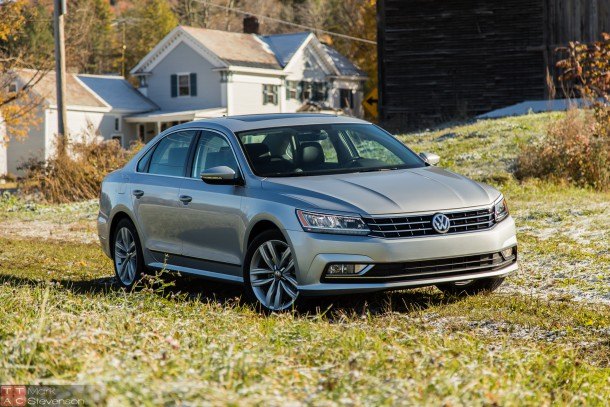

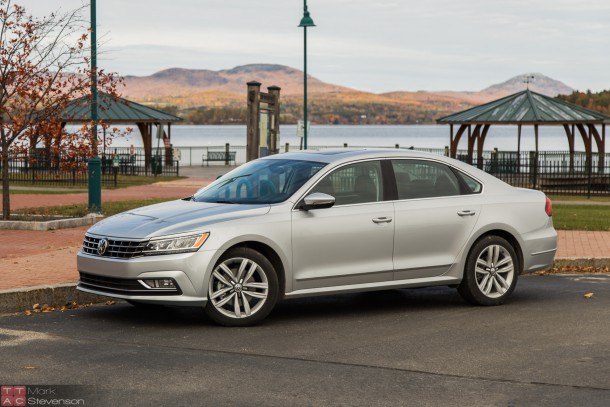






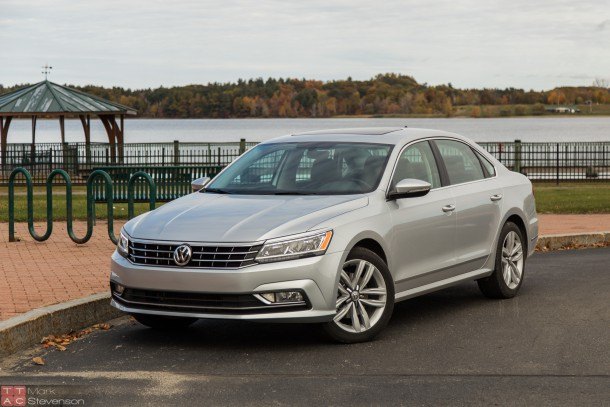
















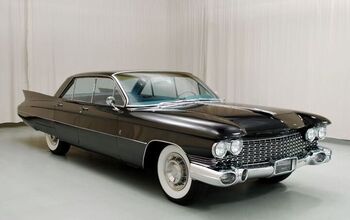
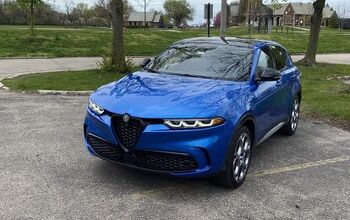
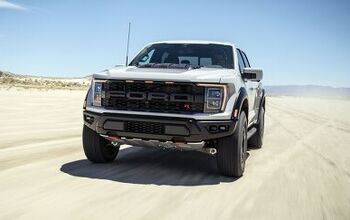
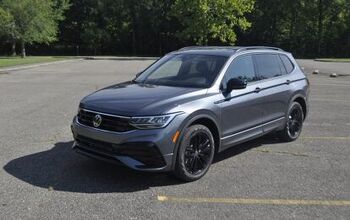
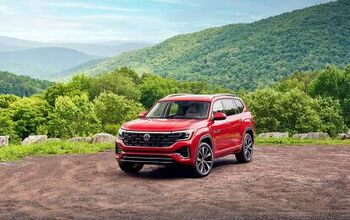

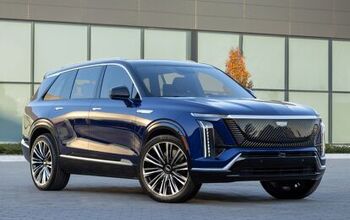
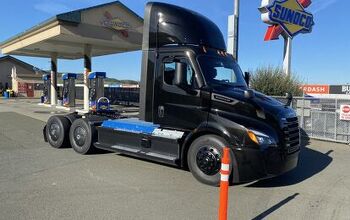



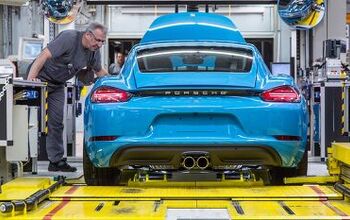
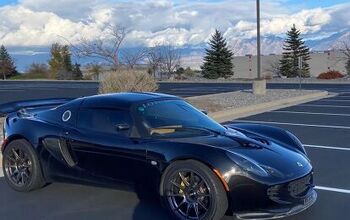
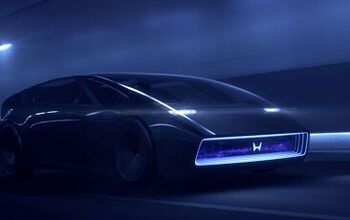

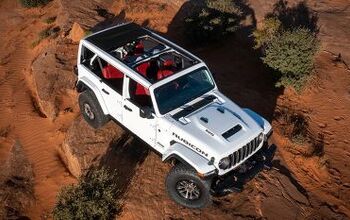
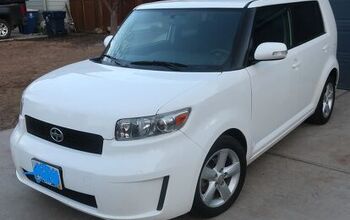
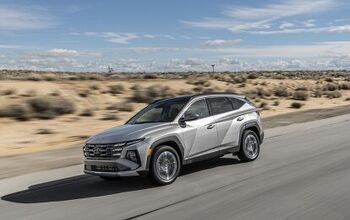
Comments
Join the conversation
Maybe the Passat V6 take rate would have been higher if it didn't cost 36 grand, at the time when nicely equipped 1.8T model is in mid-20s. An Accord V6 with leather and navigation is still 4 grand cheaper.
I'll chime in with my usual complaint about the klown-faced "smiley" mirrors going into more cars these days. I like the big, beefy auto-dimmer in my Accord, even if it HAS a black plastic frame! It's nice and thick, and it doesn't move once it's set! This goofy thing looks like it'll break off its mount the third time it's moved! (Just like the frameless ones in the 'Vette and Viper, for two, not to mention the "smiley" Gentexes in the upper-trim TLXs.) (It IS better than the standard VW fare anyway: just rectangles with LIGHT-COLORED frames which become a distraction at night with bright lights behind you!)